Japanese Chopsticks: 10 Rules & Mistakes to Avoid | Sakuraco
Terrell Wallin
Posted on September 13, 2021
Share:
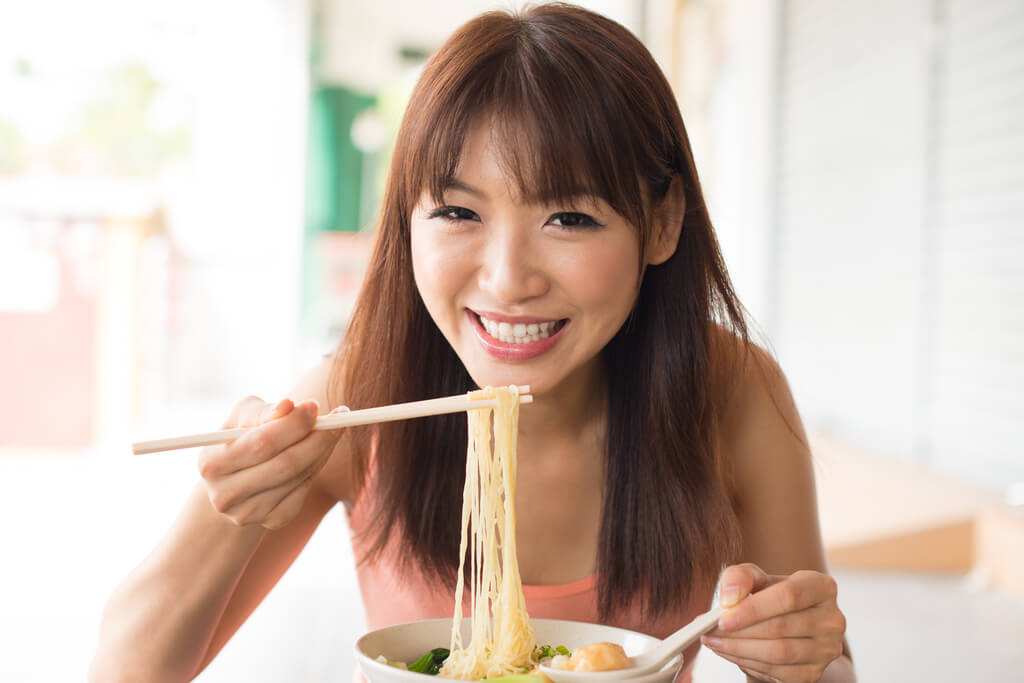
In Japanese, chopsticks are called hashi. Just like the many tableware rules in European dining, there are plenty of hashi-based rules to follow when dining in Japan. In fact, many Japanese table manners are based around this eating utensil.
Whether you’re visiting a nice Japanese restaurant, planning on traveling to Japan, or simply wish to use proper chopsticks etiquette at home, make sure to avoid these 10 chopstick mistakes!
Tate-Bashi: Leaving Your Chopsticks Sticking Up in Rice
Avoiding tate-bashi is one of the most important rules when it comes to Japanese chopstick etiquette. It may seem convenient to rest your chopsticks by sticking them upright into your bowl of rice. However, in Japan, it is considered not only rude, but also bad luck, because of its affiliation with Japanese funerals.
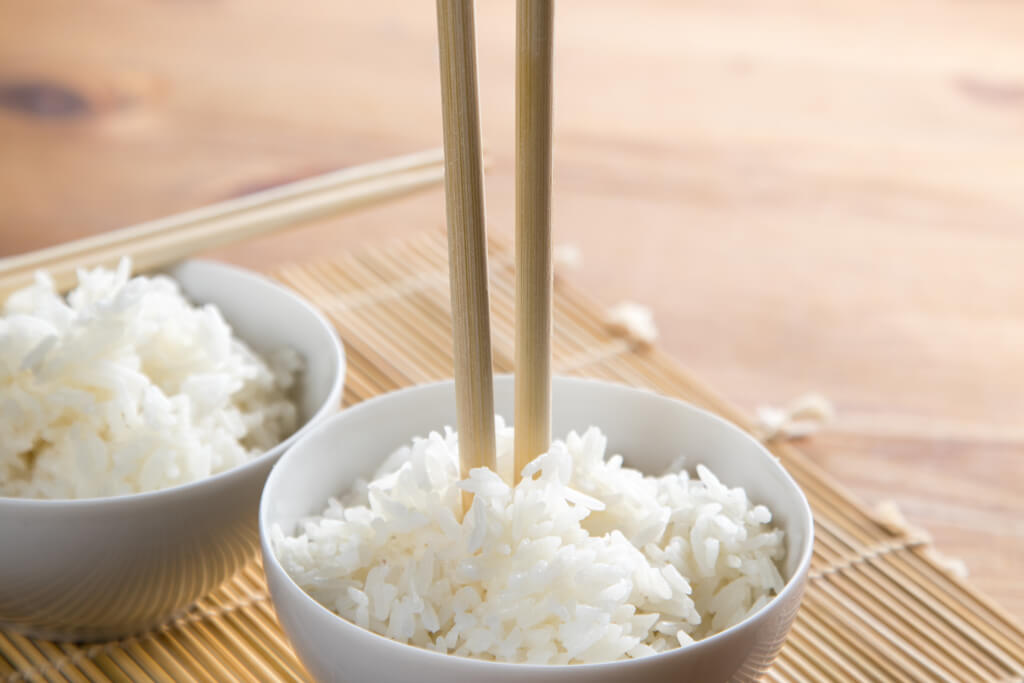
Traditionally, a bowl of rice is left for the dead with chopsticks stuck upright into the rice. The upright sticks may also remind people of the incense burned during funerals as well. To avoid this faux-pas, just use a chopstick rest, very commonly included in a Japanese table setting.
Want to bring a traditional Japanese experience home with you? Sakuraco sends traditional Japanese sweets, teas, and Japanese homeware right to your door!
Hashi-Watashi: Passing Food From Chopstick to Chopstick
This taboo also has its origins in the Japanese funeral process. When the deceased is cremated, their bones are passed from chopstick to chopstick, in a solemn ceremony. Doing so during a meal is called hashi-watashi (passing chopsticks). It reminds people of this funeral practice, so hashi-watashi is considered very rude.
If you want to share a particularly delicious morsel with someone, instead of passing it over via chopsticks, you can place the food on a small plate to give them. You can also offer up your plate and let them take it themselves.
Watashi-bashi: Making a Chopstick Bridge
In Japan, you shouldn’t leave your chopsticks resting across the top of your bowl, or across your plate, like a bridge. It seems like an easy way to keep the tip of the chopsticks from touching the table when not in use, but Japanese chopsticks should always be placed back onto the chopstick rest when you’re not eating.
If the restaurant doesn’t provide a chopstick rest, you can also fold your own using the paper wrapper of disposable wood chopsticks, or use a small plate. The one exception to this rule is if you are done eating. Then, you can leave your chopsticks resting across your dish and thank the chef with a “gochisousama-deshita” (Thank you for the meal)!

Sashi-Bashi: Using Your Chopsticks to Point
If you like to use your hands while talking, make sure to remember to put your chopsticks down before gesturing. Pointing at someone or something with your chopsticks is very impolite. In fact, pointing at someone or something is generally considered rude in Japan, and adding chopsticks doesn’t change that.
Neburi-Bashi: Licking Your Chopsticks
Just like licking your knife is considered rude in Europe, neburi-bashi (licking chopsticks) is rude in Japan. Whether it’s a tasty sauce or a bit of stuck food, it’s not polite. Most chopsticks sets have a coating so food doesn’t really get stuck to it anyway, but if it does, just let it go.
Sashi Bashi: Stabbing Your Food
Stabbing or skewering your food with your chopsticks is quite rude in Japan. Even though Japanese cuisine often contains slippery foods like silken tofu or konjaku (konjac), you’ll have to gambatte (try your best)! It takes practice to learn how to use chopsticks, but with enough practice, you’ll be a chopstick master who can grip food of any kind.
Tataki-Bashi: Using Your Chopsticks Like Drumsticks
Most adults will not use their chopsticks as makeshift drumsticks for an impromptu tableware concert, however, plenty of children are tempted to! In Japan, children are taught strictly not to tataki-bashi (beating chopsticks), no matter how fun it may be. Just like you shouldn’t play with your food, playing with your hashi is a big no-no.
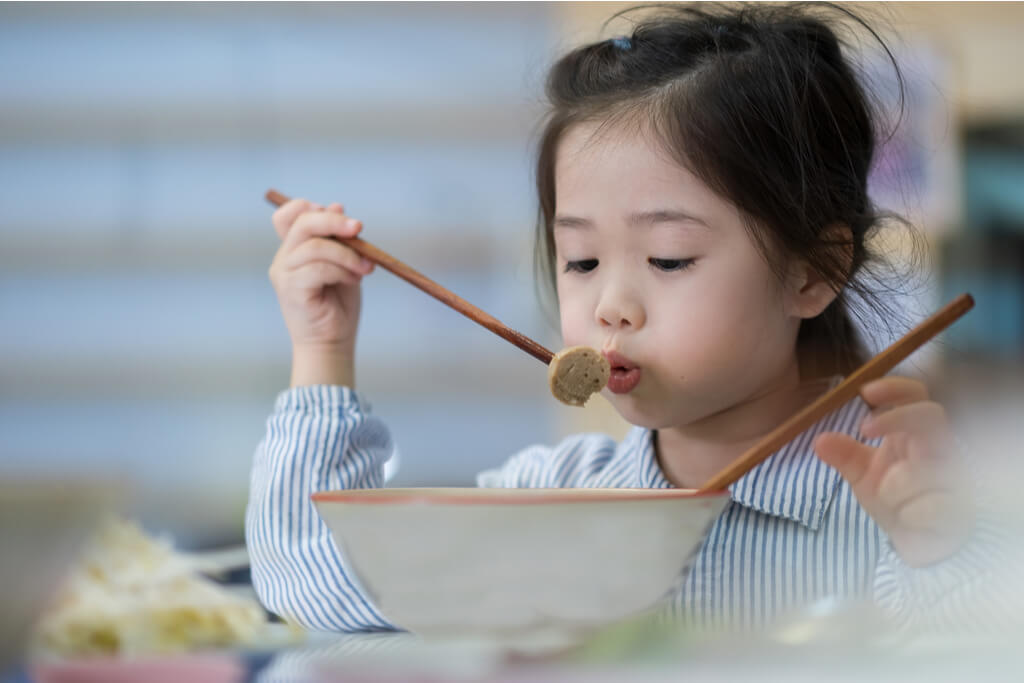
Crossing Your Chopsticks
You should always set your chopsticks down parallel on your chopstick holder. This rule has its origins in China, where crossed chopsticks are representative of death. While the belief is not as universal in Japan, it’s still impolite to leave your chopsticks crossed.
Rubbing Your Chopsticks Together
If you are given a pair of disposable wood or bamboo chopsticks, you may want to rub them together to get rid of any splinters. If your chopsticks are truly of poor quality, and likely to give you a splinter, this may be acceptable. However, if your chopsticks are fine, especially if they are not disposable, rubbing them together indicates to your host that you think the chopsticks you received are of bad quality.
Confusing Japanese Chopsticks with Chinese or Korean Chopsticks
If you’re shopping for a set or gift set of Japanese chopsticks online, don’t make the mistake of buying Korean or Chinese ones instead. Many kinds of Asian cuisine are eaten with chopsticks, but not all chopsticks are made the same.
Korean chopsticks are generally made of stainless steel. These metal chopsticks are the shortest of all three kinds.
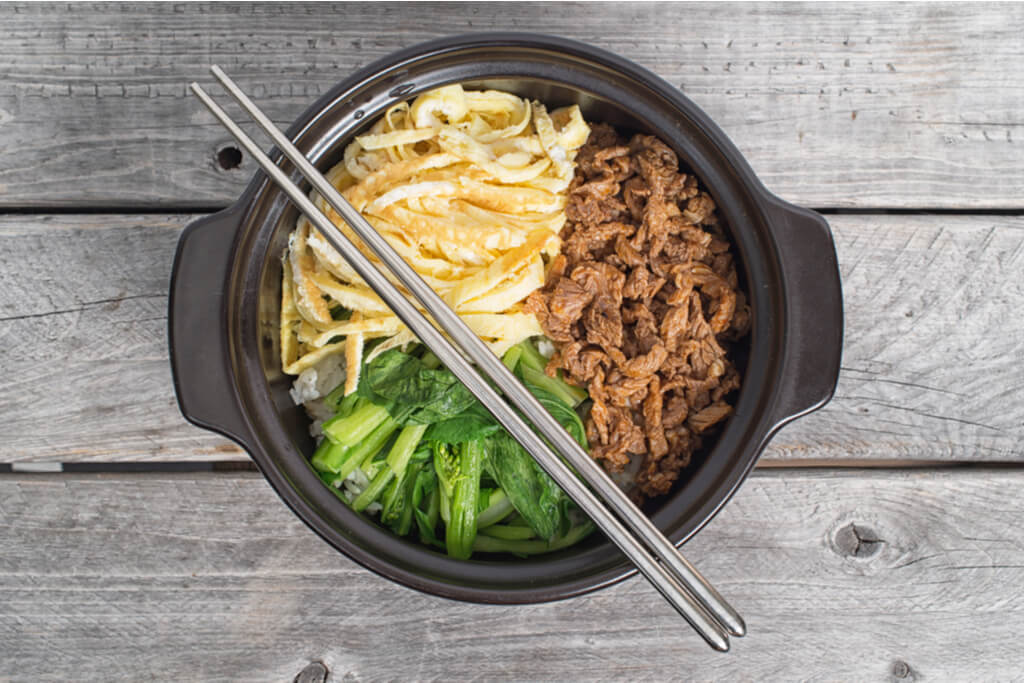
Japanese chopsticks are slightly longer than their Korean counterparts. They are made from natural materials like wood, bamboo, bone, or ivory, and sometimes contain mother of pearl, or nacre, for decoration. More recently, Japanese chopsticks are also made of plastic.
Finally, Chinese chopsticks are the longest, as they are used for reaching shared dishes at dining tables. Like Japanese chopsticks, they are generally made from wood. However, Chinese chopsticks are generally blunter at the far end.
Why are there so many rules around chopsticks in Japan?
Japanese culture places importance on making those around you comfortable. So, these rules are about making sure that those dining with you, especially your host, feel appreciated and at ease. However, like all dining etiquette, if you worry too much about doing things perfectly, you won’t be able to enjoy your meal either. Even people in Japan don’t get everything right.
Just keep these tips in mind so that next time you get the chance to use Japanese chopsticks, you’ll be sure to impress!

Discover authentic flavors with Sakuraco
Get Sakuraco 

Discover authentic flavors with Sakuraco
Get Sakuraco 
Related Articles
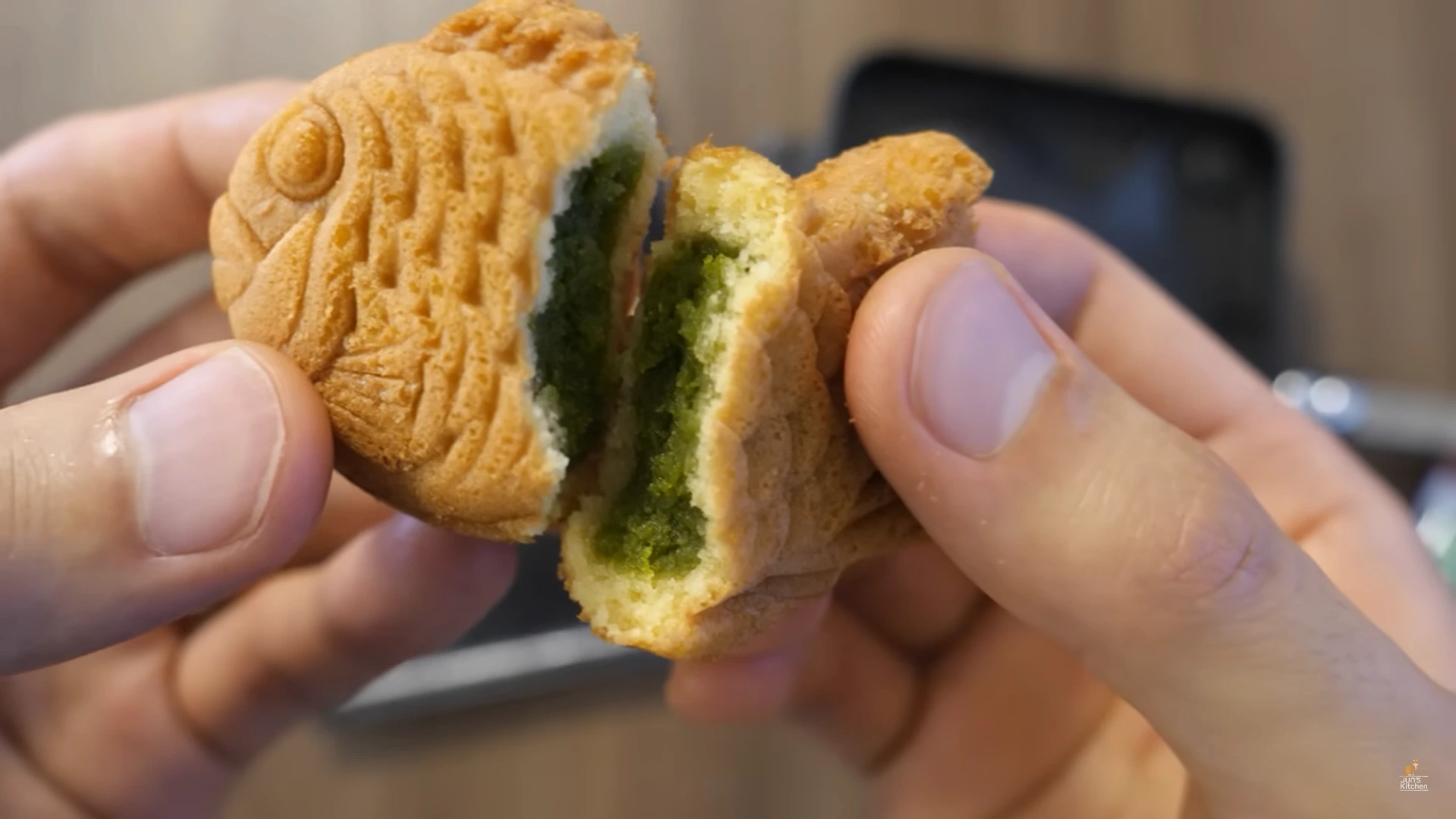
Jun’s Kitchen: Awesome Step-by-Step Taiyaki Recipe!
In this video, Jun from Jun’s Kitchen—a YouTube channel beloved for its calming, beautifully filmed cooking videos featuring traditional Japanese recipes and his cats—shares a delightful recipe for making taiyaki, the iconic fish-shaped cake filled with sweet red bean paste. T
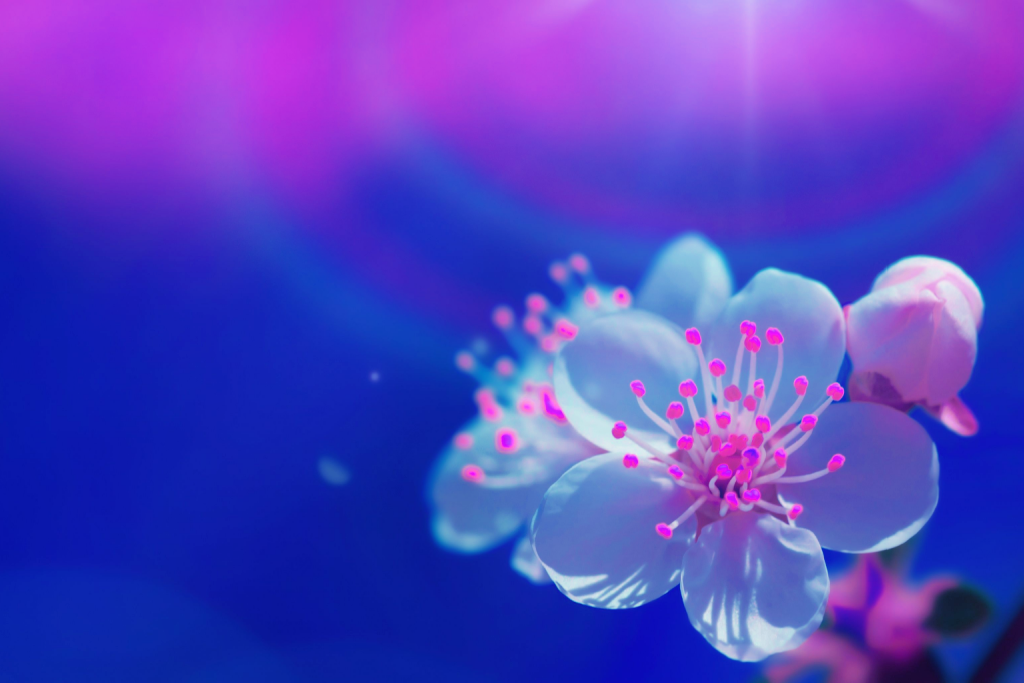
Moonlight Sakura: How to Enjoy Cherry Blossoms at Night!
Japan’s spring is a special time when cherry trees dress the landscape in soft shades of pink. Enjoy these delicate blossoms from the bright morning hours until the gentle moonlight graces the night, creating a serene and graceful scene.
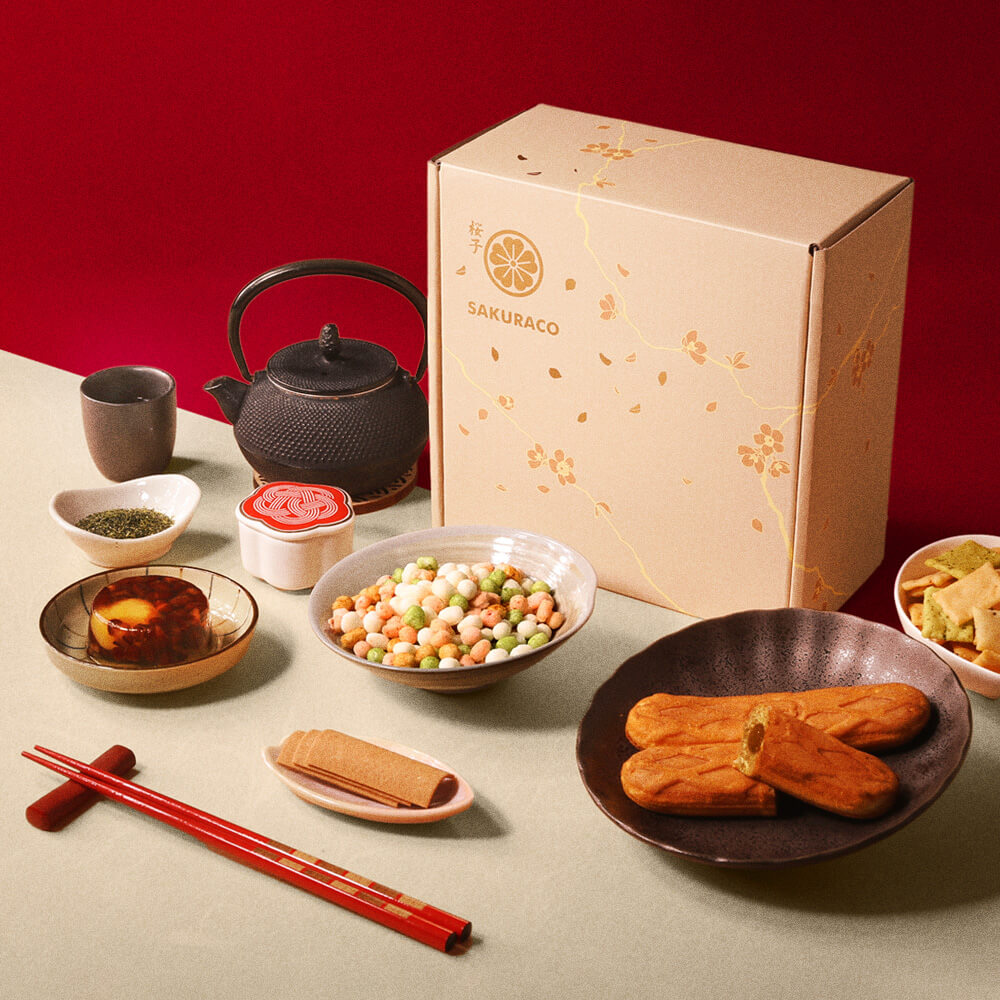
Sakuraco March 2023 Reviewer Contest Winners Announced
Thank you to everyone who has submitted the review! Hi Sakuraco family! Get ready to jump for joy because we’ve got some incredible news to share with you! As the summer season approached, we were blown away by the sheer number of fantastic entries we received for our latest contest. We had a tough time…
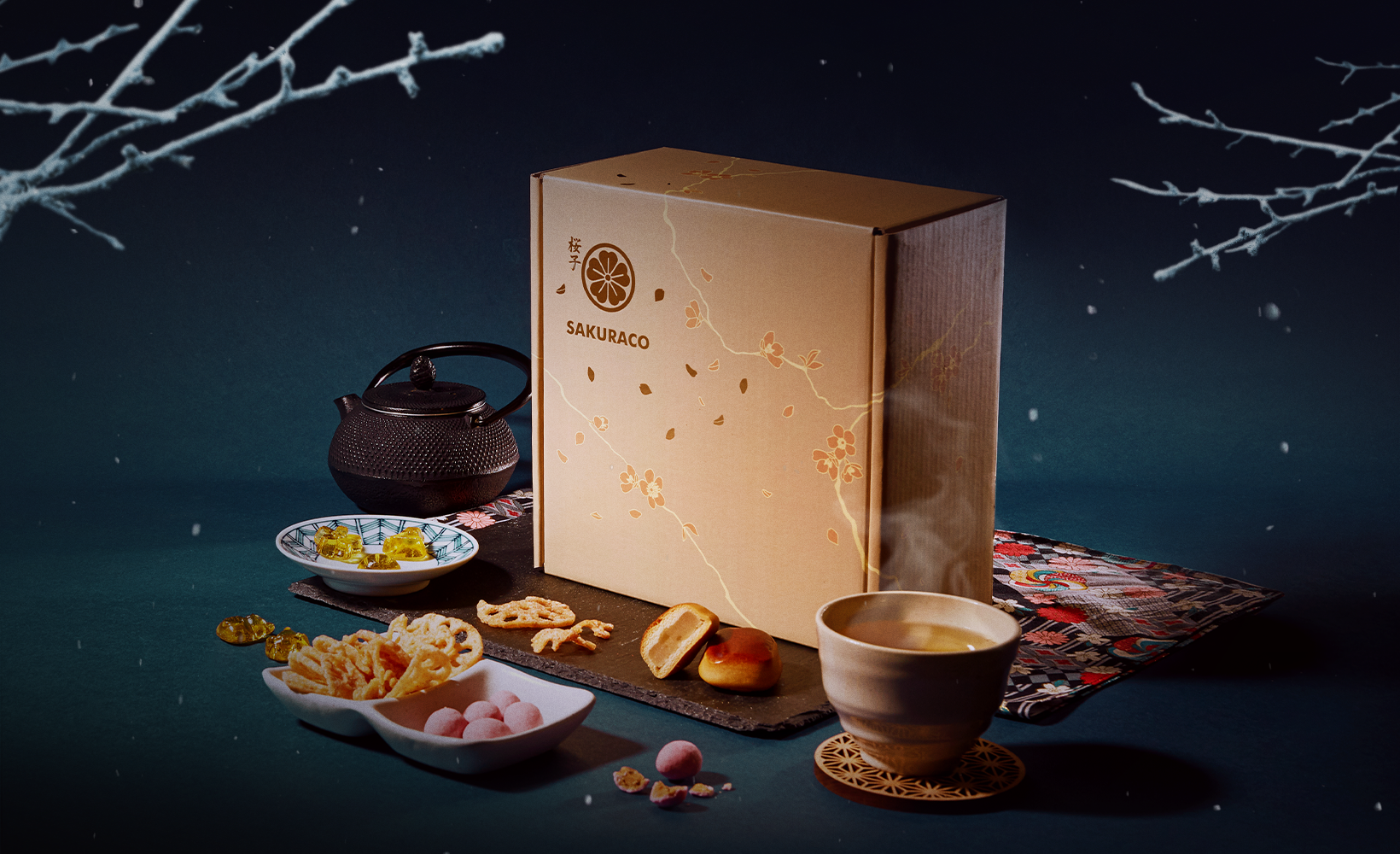
Sakuraco November 2022 Reviewer Contest Winners Announced
Thank you to everyone who has submitted the review! Hi Sakuraco family! Winter is really setting in at this point! How have you been greeting November thus far? I pray the holidays found you surrounded by loved ones. We’re revealing the November 2022 reviewer winners right now, please check it out! Congratulations to all the…



